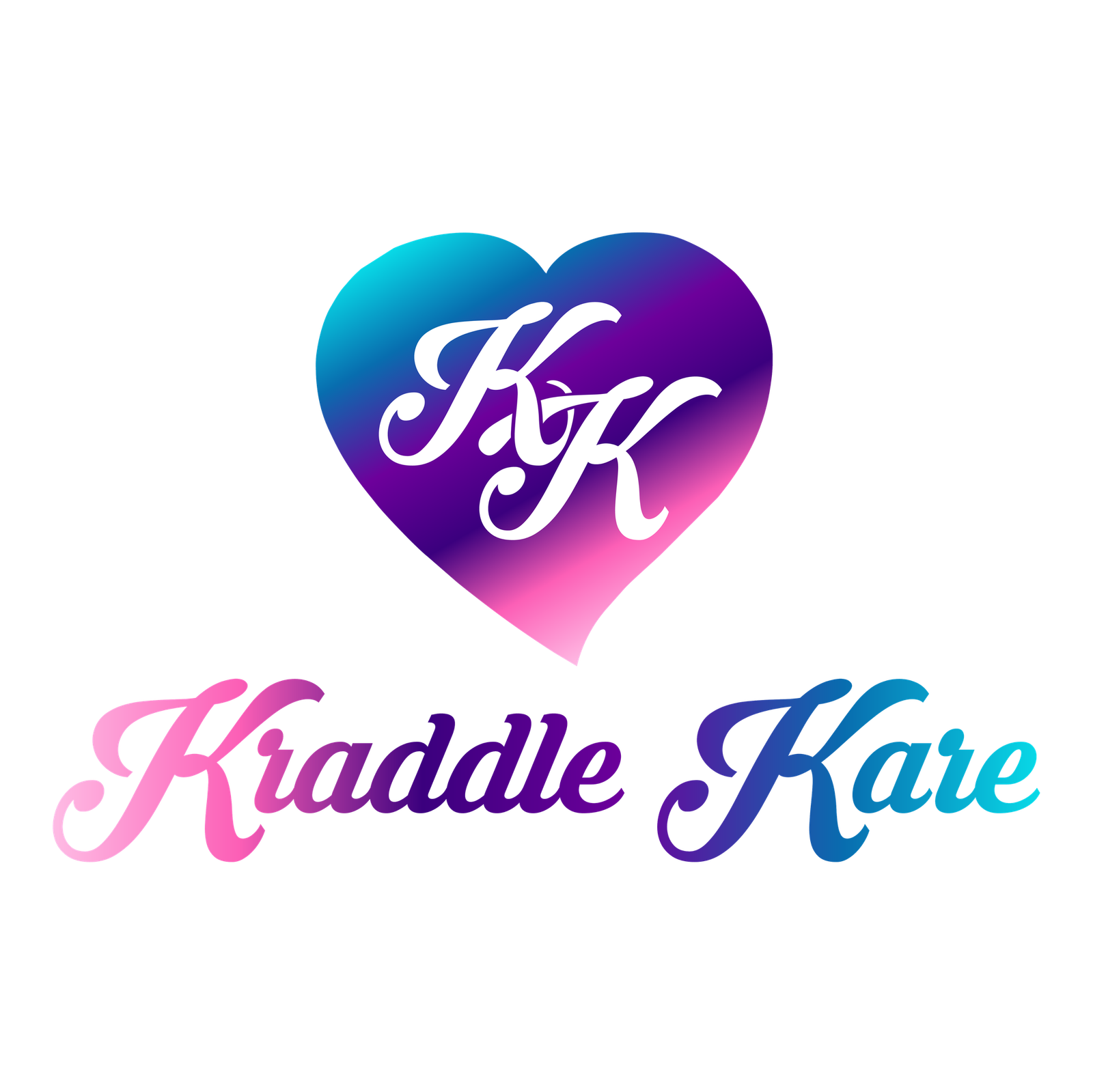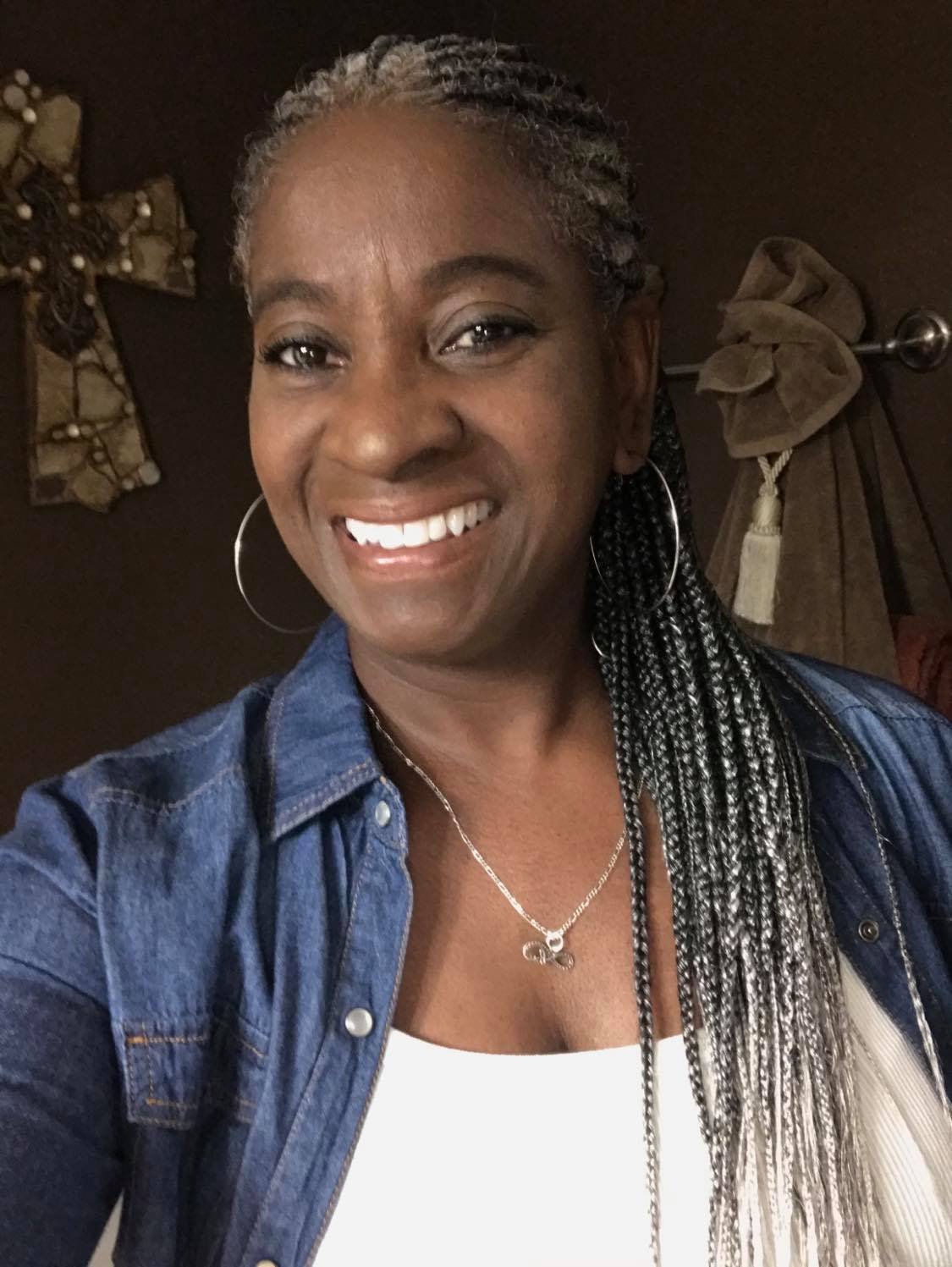Are Protective styles really Protecting?
Did you know that there’s a National Crown Day and the one year anniversary was celebrated in July 2021. Now, if you are asking, what is National Crown Day? Let us enlighten you. National Crown Day is a day of solidarity and power in which melanin people proudly rock their natural hair without fear of discrimination. Actually we think it’s kind of funny that we even have to have a day to shed light on the fact that we are being discriminated against because we choose to rock our natural hair textures. National Crown Day has been embraced and promoted by many notable celebrities including Tabatha Brown. Check out this clip
Prior to The National Crown Day, The CROWN Act was created in 2019 by Dove and the CROWN Coalition, in partnership with then California State Senator Holly J. Mitchell, to ensure protection against discrimination based on race-based hairstyles by extending statutory protection to hair texture and protective styles such as braids, locs, twists, knots various other natural styles in the workplace and public schools.
Our crowns must be something awesome, right? Deserving of love, care, protection and respect. Of course many of us choose protective styles for ourselves and the kids. And why wouldn’t we, they are convenient, versatile, time savers and super cute. But are some of us taking our protective styles too far? Let’s look at it, when do protective styles become unproductive? Now, this is not to throw shade towards anyone but some of us are abusing protective styles. You may be reading this and not really know what a protective is. Let us break it all down for you.
What is a protective hairstyle
Protective styles are low hair manipulation options that should aid in the growth and retention of your natural hair. Protective hairstyles tuck, hide or cover natural hair. Buns, braids, twists, locs, knots or any other styles that reduce natural hair manipulation are among the most common choices of protective hairstyles, including wigs. However protective style can cause tension to the scalp from tightness or weight that result in breakage or balding. I recently had knotless braids installed. The length was longer than I requested and each braid had a lot of braiding hair. About 4 days in I attempted to pull the hair in a top bun and a braid fell on the floor. I thought to myself how did that slip out? Well it hadn’t slipped out it actually pulled my temple hair out from the root, hair follicle included and I have thick hair. Three hours later and that $250 hairstyle was out. I always wonder what causes bald edges. Now I have a first hand experience.
 How long do a keep a protective hairstyle up
How long do a keep a protective hairstyle up
These suggestions are based on our own personal experiences along with some research from hair care professionals. However, since everyone’s hair is different, there is no one right way. You have to do what works best for you and sometimes that may come as a lesson learned such as my braid mishap. With that being said protective styles like braids can be worn from 1 – 3 months. As long as the scalp looks clean and healthy and the style still looks decent and you are not losing your edges. Keep in mind the longer that protective styles stay in the harder it may be to manipulate your hair due to growth and build up. The longer you keep protective styles the gentler you have to be during take down. Go ahead, take advantage of those beautiful protective hairstyles but learn your hair and listen to your scalp. Red, sore, itchy, smelly, bumpy scalp is a warning sign. Which means stop. Raiya got a really cute cornrow protective style. It didn’t appear tight but started developing bumps along her edges after a few days. That was a definite sign to take the style down.
Protective hairstyles need protection too and of course we strongly recommend our Kraddle Kare Kraddle Kap satin bonnets for the whole family hair protection needs.
Until next time remember that healthy hair starts with Kraddle Kare your babies here protection experts


 How long do a keep a protective hairstyle up
How long do a keep a protective hairstyle up